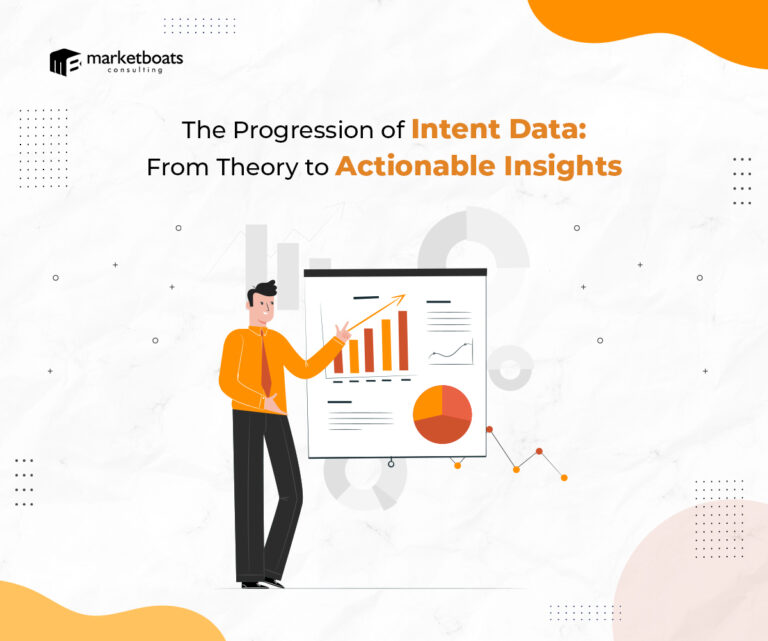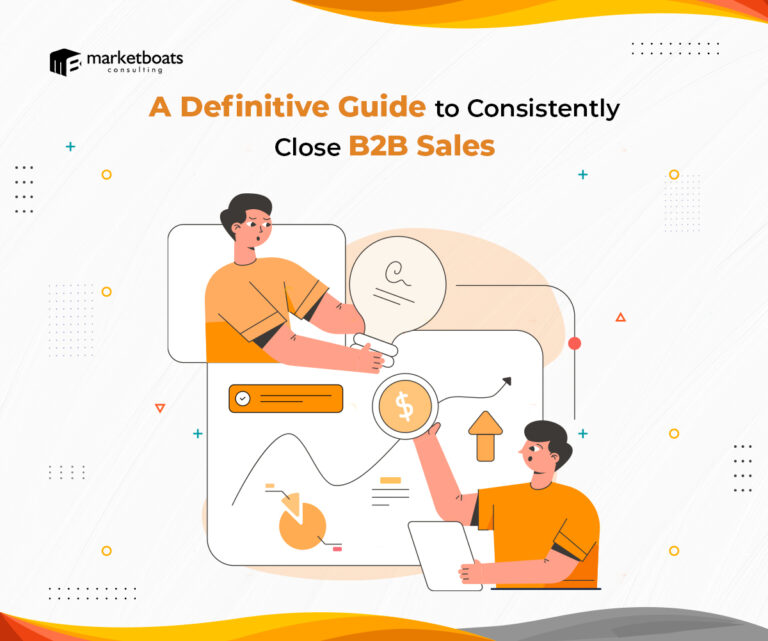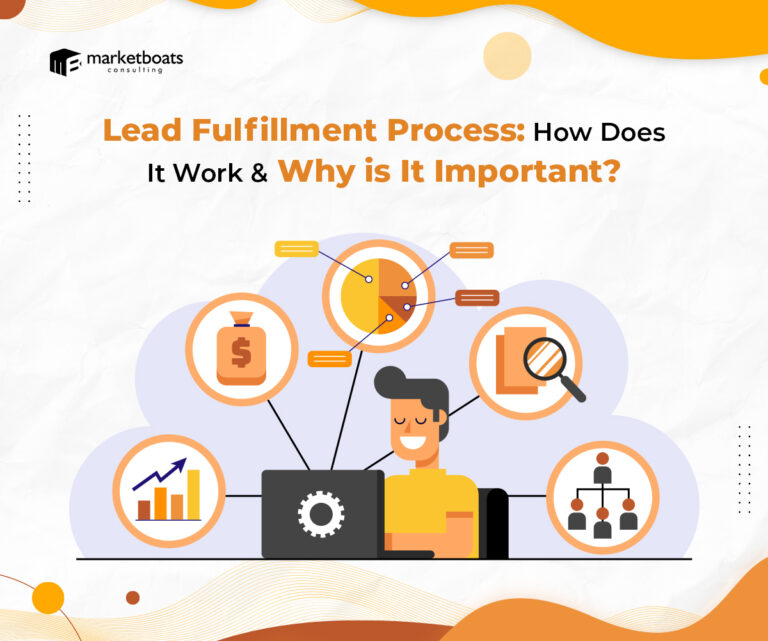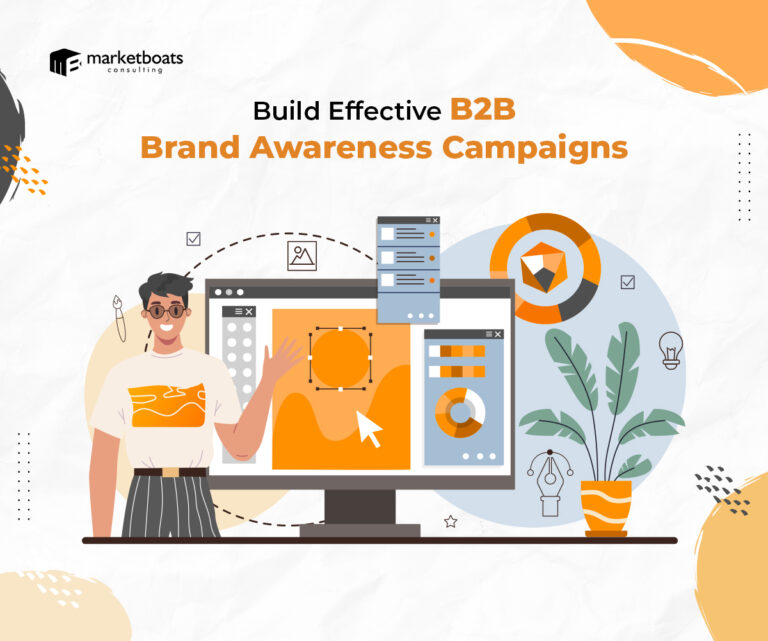A well performing sales rep was not able to reach his targets for a couple of months. His superior went up to him and asked for his process of lead nurturing. Pat came the response, “I have been building a relationship with the prospect, set up a meeting to pitch our USPs, and keep in touch via emails too regularly; only to discover that they don’t have the budget, the concerned person can’t sign off on the project, and tbh, they are not in need of our solution offerings at this point”.
Sounds familiar to you?
You are not alone. Rather 27% of salespeople that Lusha surveyed are in the same boat and have a hard time figuring out if the prospects they’re getting in touch need their product and have the necessary authority to sign off on it. And the cost of not knowing these vital insights is staggering as each bad lead can cost about $100 (SiriusDecisions). That means 100 bad leads is going to cost you about $10,000 and a 1000 bad leads will cost you $100,000. That’s a severe hit on the pocket for any organization.
This is where Lead Qualification comes into play; it helps determine which prospects are most likely to become customers. However, qualifying leads is easier said than done as thorough breakdown of a prospect needs to be carried out to avail the apt info on them.
This info-gathering process can be carried out through a tried and tested & structured lead qualification framework called BANT. This article will dive into what BANT is, how to use it, and mistakes to avoid if you want to see success from it.
What is BANT?
BANT stands for Budget, Authority, Need, and Time. It’s a formula you can quickly use to determine if a prospective buyer will become a customer based on the following factors:
- The amount of money they’re willing or able to pay to buy your solution.
- Their internal influence or ability to sign off on the deal.
- Their need for the service you’re offering.
- The amount of time they’ll need to come to a purchase decision.
The BANT framework was developed by IBM in the 1950s and was later made a part of the company’s Business Agility Solution Identification Guide as it made the sales process more efficient for the company and the others that adopted it.
Is a 70-year old framework still relevant today?
A Google search will tell you that the sales gurus are divided on BANT. Some say BANT is no longer relevant as there will always be a disconnect between the prospect’s answers and reality while others say BANT shortened their sales cycle.
But BANT is like any other framework out there and its success depends on how you put it to use. Here are a few..
Common Mistakes To Avoid While Using BANT
Here’s how most salespeople expect the conversation with the prospect to go:
Rep: Do you have a budget set aside to purchase a solution like ours?
Prospect: Yes we have $X
Rep: Awesome. Will you be signing off on the project?
Prospect: No, that would be <name>
Rep: Looks like you’re facing <XYZ> problem and you don’t have a solution in place.
Prospect: That’s right!
Rep: Okay, is there any specific timeframe within which you’d like a solution?
Prospect: Yes. We’d like a solution in the next few weeks.
Rep: The next step is to arrange a demo of our services. When would you like to see one?
Prospect: How about <date?>
In reality, the salesperson would never hear from the prospect again after a boilerplate response on the lines of “we’ll get back to you.”
So, what’s wrong with this approach?
- The rep only scratched the surface and didn’t dig deeper into the prospect’s problem.
- The conversation was one-sided and felt like an interrogation.
- It was aggressive and created the impression that the salesperson was only trying to get their commission instead of helping the prospect solve their problem.
For the sales reps to use BANT effectively, it needs to be put in place as a framework and not as a check-list during the discovery call. In no particular order, the call needs to be a thoughtful conversation, and not a quiz. You need to spend time to understand each prospect and redo the Qs & their sequences accordingly. Give a touch of personalization to the customer, as it makes them feel valuable and directly connected.
How to successfully use the BANT framework?
The key to using BANT successfully is to ask questions that flow together in a conversation and help you uncover key insights. To this end, here are a few questions you can ask your prospects at each stage.
Budget
Salespeople don’t enjoy talking about money and pricing with prospects as they risk ruining the relationship with the prospect with a direct approach or getting incorrect or vague information through an indirect approach.
But you don’t have to take either of these approaches. There are simpler ways to get your prospect to talk about their budget:
- Ask their current spend: If your prospect is already using a service, ask them how much they’re spending on their current solution to work out the budget they’re likely to set aside to fix the problem. A simple question like “What are you currently spending to solve this problem?” should do the trick.
- Highlight the future impact: No organization wants to lose out on revenue. So, highlight what your prospect stands to lose using a question like: “We’ve determined your organization is losing X on <problem>. How does that compare to the budget you’ve set aside?”
- Show them a better plan: Armed with information on the current spend and the future impact, quantify the upside of using your solution to ask your prospect how much they’ll spend on the project. For example, you could ask “If our solution helps you achieve <result> how much would you be willing to invest in it?” to get a fair price and create interest in your solution.
Authority
According to the LinkedIn Report “Get Closer To The Buying Committee ”, there are at least 6.8 people on average in a typical B2B buying committee and this figure becomes larger for tech teams as some purchases represent a major investment or require buy-in from peers in multiple departments.
Consequently, the “authority” aspect of BANT should be used to determine who else is a part of the decision-making process and what steps the salesperson should take to reach them. Here are a few questions you can ask to determine this answer:
- What did the decision-making process look like when you signed up for a similar service last time?
- Is there anyone else in the company you’d like or need to include in these discussions? What’s the best way/day/time to reach out to them?
Need
This is where you determine how important the problem is to your prospect so you can tie it to the service you’re offering and close the deal. But unfortunately, most salespeople don’t make it past this stage because they either ask binary questions or don’t ask the right ones.
To frame the right questions and get enough information about your prospect’s problems & their business needs, the following pointers might help
- If the company has been going through a major pain point, there may be an immediate need for a product or service to get back on track.
- The company won’t necessarily lose profit if they didn’t purchase your product or service, but can grow their revenue significantly if they purchased it.
- The company just wants a product that’s a means to an end. In other words, they want a product or service that reduces their costs, increases their productivity, or helps them achieve both.
Here are the questions you can ask for each scenario:
- One of the most common issues we keep hearing about are A,B, and C. Are these the issues you’re also facing?
- What are your team’s goals for the next quarter/year?
- What are your top priorities at the moment and how do they fit in with your goals?
Timing
Nobody likes a long sales cycle and this rings true especially for the ones who are doing the selling. So, now it’s time to determine how quickly your prospect wants to implement a solution. Ideally, you want to make a sale within a few weeks. But if the deal might take longer, these questions will help you determine if you should nurture the prospect or shelve the deal:
- How long have you been dealing with these issues?
- What’s prompting you to make a change right now?
- You mentioned that you wanted to achieve <XYZ> within the <timeframe>. Will you be able to meet that goal without a change?
- Are you planning any <event/campaign>? Would you like to have a solution in place by that time?
Conclusion
By assessing a lead’s Budget, Authority, Need, and Timeframe, sales reps can determine whether they are worth pursuing, tailor their sales pitch accordingly, increase their chances of success, and ultimately, grow their bottom line. Also, they will save crucial time & money which unfortunately gets spent in chasing bad leads.
Maximize your sales potential and drive revenue growth with qualified leads
Marketboats in-house tech platform uses the BANT framework to deliver segmented MQL, HQL, and SQL lists. Reach us at sales@marketboats.com or +1-914-407-3070 to know about our BANT process framework.





